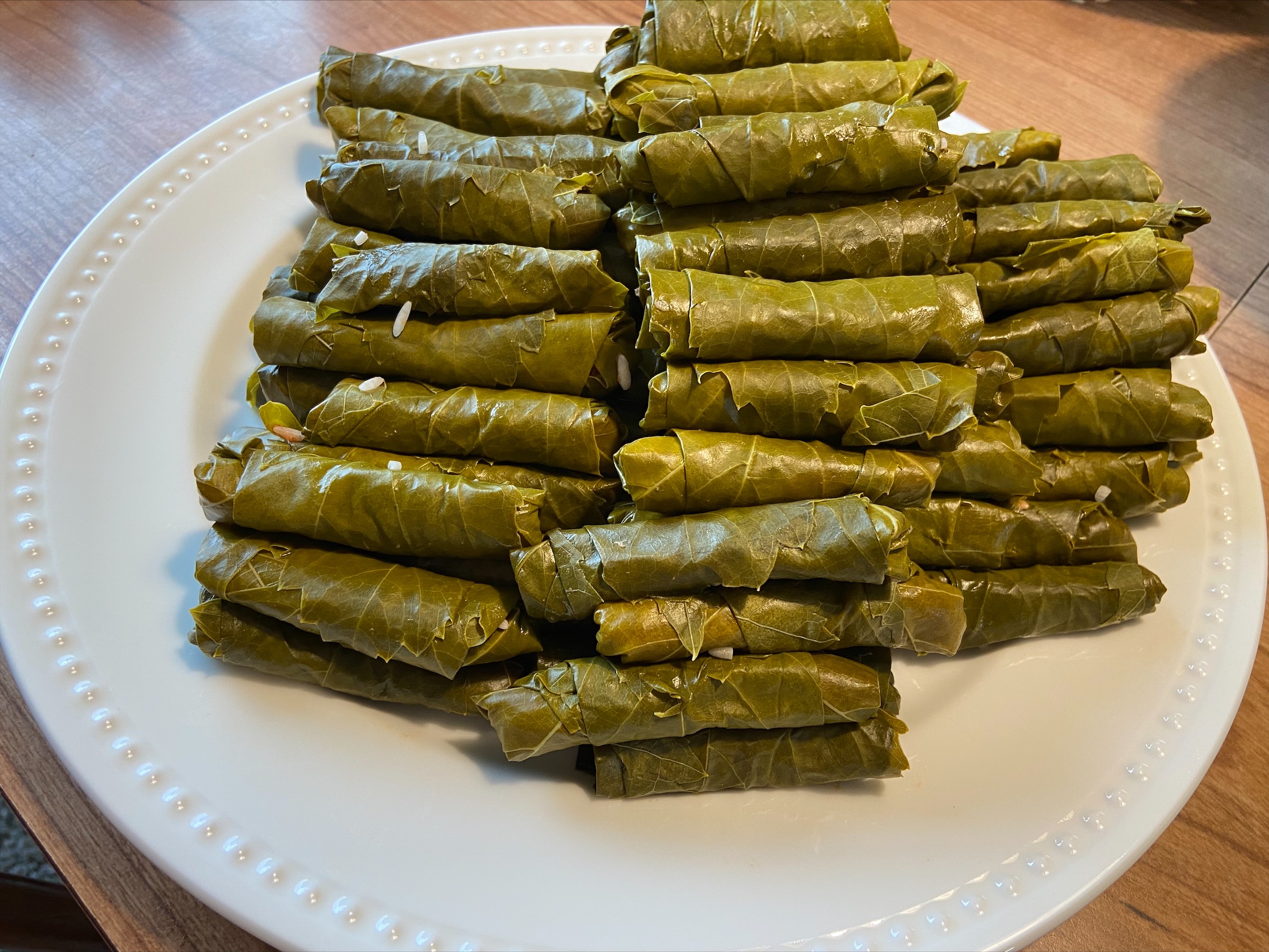Safe methods for picking and storing grape leaves
Late spring is the best season for picking fresh grape leaves right off the vine! Learn about the safest methods for picking and storing them.


In Middle Eastern and Greek cultures, stuffed grape leaves are a traditional and popular dish. The dish usually involves rice, ground lamb or beef, and various herbs and spices mixed and rolled into a grapevine leaf. Grape leaves are very nutritious and according to the USDA, they are a great source of minerals such as calcium, iron and potassium. In addition, they are also high in fiber, folate and vitamins A and K.
Grape leaves contain many phytochemicals and antioxidants that may contribute to overall positive health. For example, according to a recent study consuming grape leaves and other stuffed vegetables may enhance a decreased risk of cardiovascular disease among Jordanians.
In the U.S., fresh grape leaves are not readily available in retail grocery stores. Occasionally, you may find canned grape leaves in the world foods aisle or Mediterranean section of a market. To obtain fresh grape leaves, it is a common practice among Arab-Americans to scavenge and pick them right off the vine. The months of May and early June are the best seasons for finding ripe, fresh and high-quality leaves. Picking them earlier in the morning is also optimal because, at this time, no grapes will be present on the vine.
You will want to avoid leaves with holes, and should pick the ones that appear light green, shiny and smooth. Choose leaves without pesticides, fungicides or herbicides on them. It is best to pick them before the first spray in the spring. If desired, you can also grow them in your own garden! However, since grapes must be kept off the ground, they can be grown on an arbor or trellis.
Massive and older leaves will be less tender than the younger and smaller ones. According to the University of California Cooperative Extension, for the best quality leaves, count three leaves from the newly grown leaves at the end of the vine and pick the next few leaves down. Then move on to the next vine and repeat the process.
Before handling the grape leaves, wash your hands for 20 seconds with warm, soapy water. Rinse each leaf under cold, running water to wash off any pesticide residue and bacteria. Prior to freezing fresh grape leaves, they need to be blanched. To blanch, you will first need to make a brine. Add four cups of water and one cup of salt to a stockpot and bring to a rolling boil. Blanch grape leaves in the brine until soft, about one to two minutes depending on the size of your leaves. Blanch in batches of 12-15 leaves at a time. Bring the water back to a rolling boil before each batch. After blanching, cool the grape leaves immediately in ice-cold water. Once cooled, remove from the ice bath, and drain the water well. Pat the leaves dry with a paper towel and store them in plastic freezer bags. Remove as much air from the bags as possible. Make sure your bags are dated and labeled. You should also provide a half-inch headspace to allow for expansion.
Per the University of California Cooperative Extension, the grape leaves will keep for only six months in the freezer. When ready to use, thaw them safely and cook immediately. Although canned grape leaves are available in some grocery stores, there are currently no research-tested methods for safely canning grape leaves at home.
For more information on keeping your family's food safe, visit MSU Extension's Safe Food & Water website.



 Print
Print Email
Email




